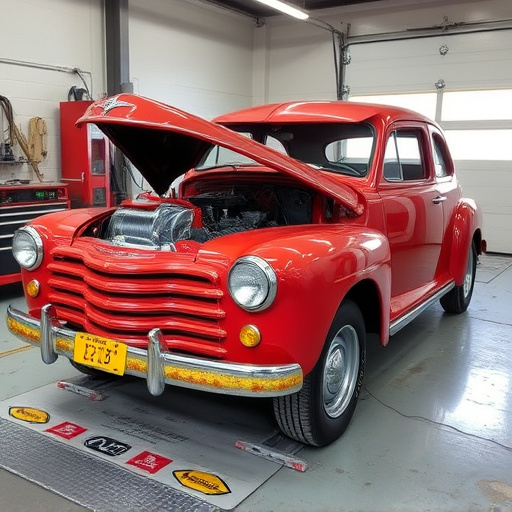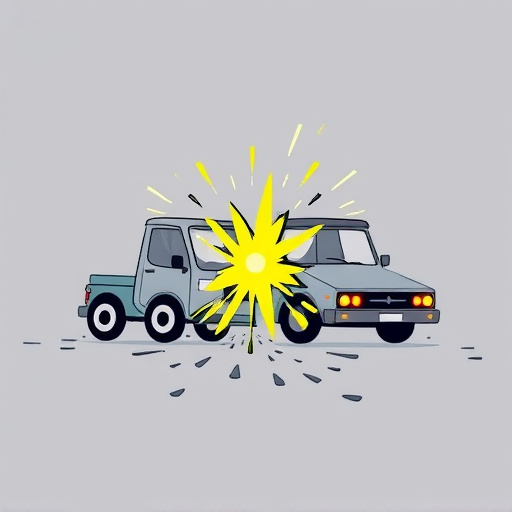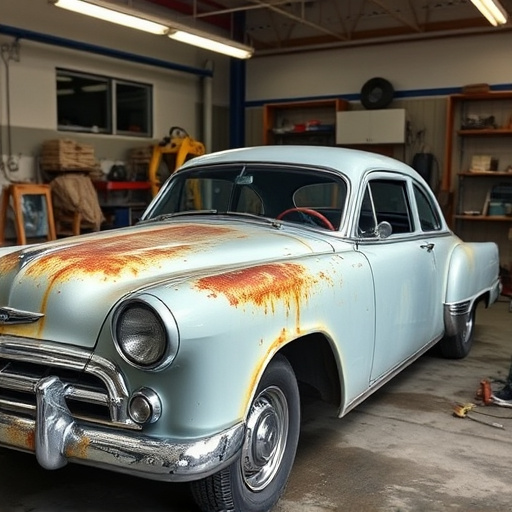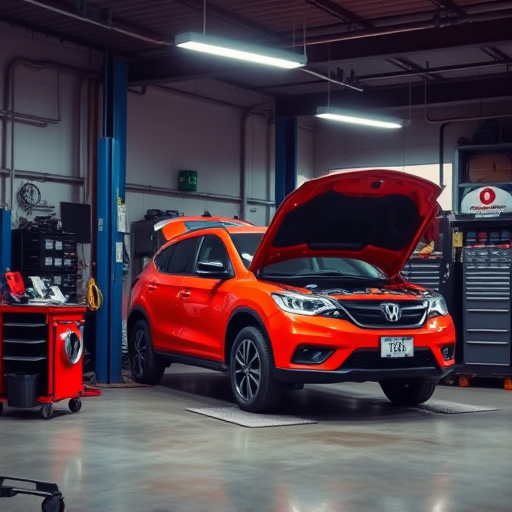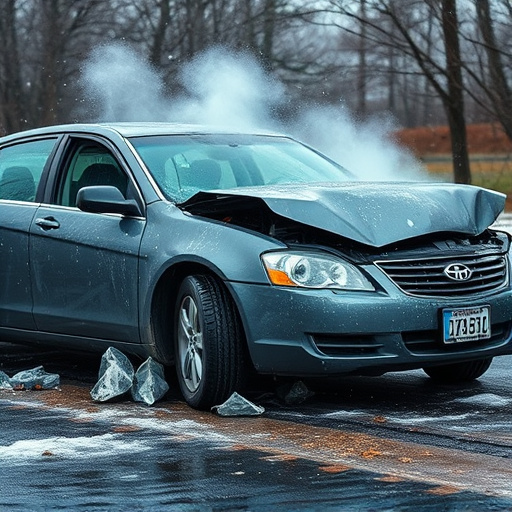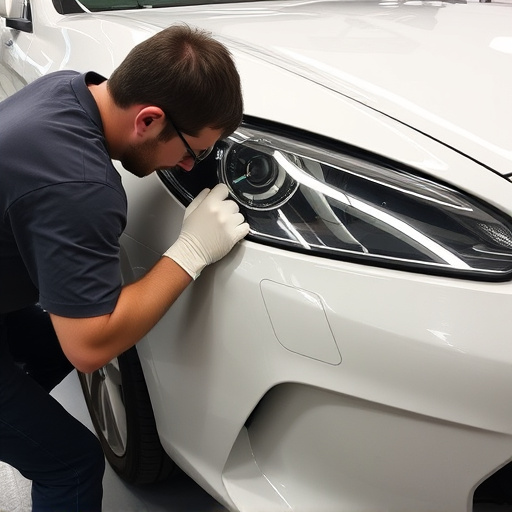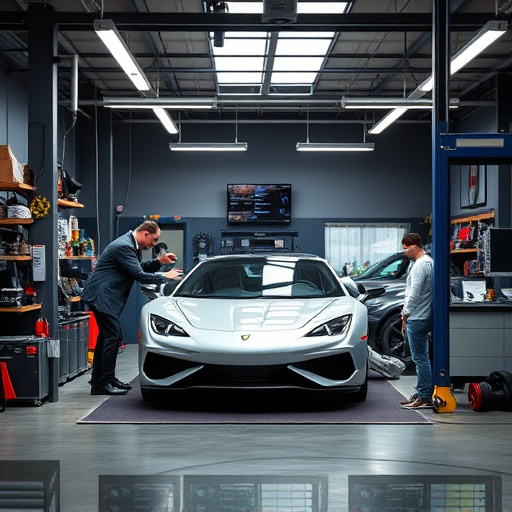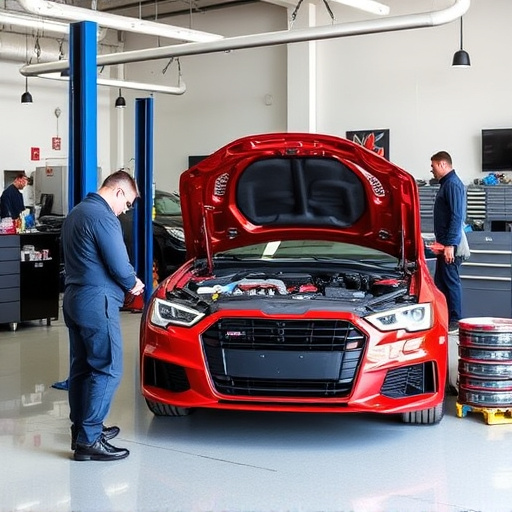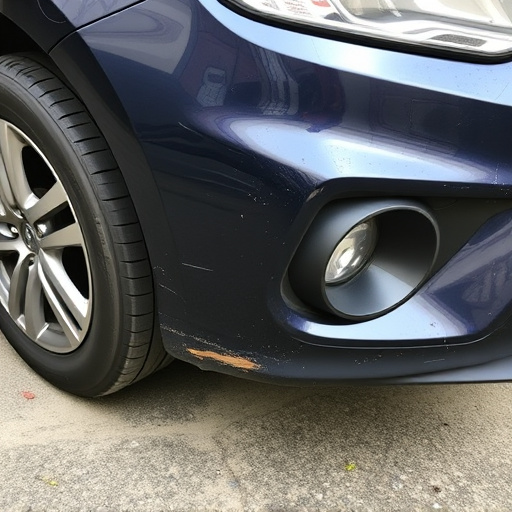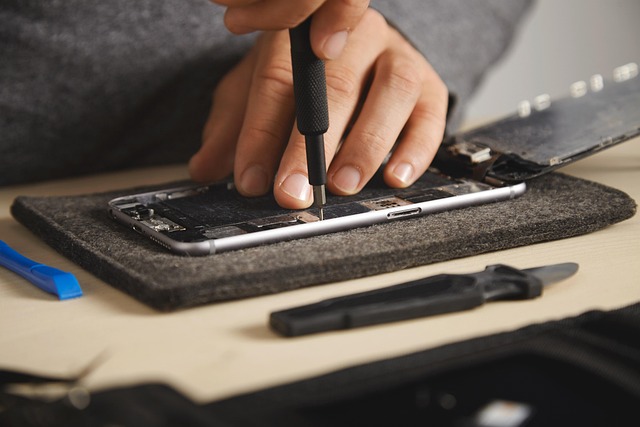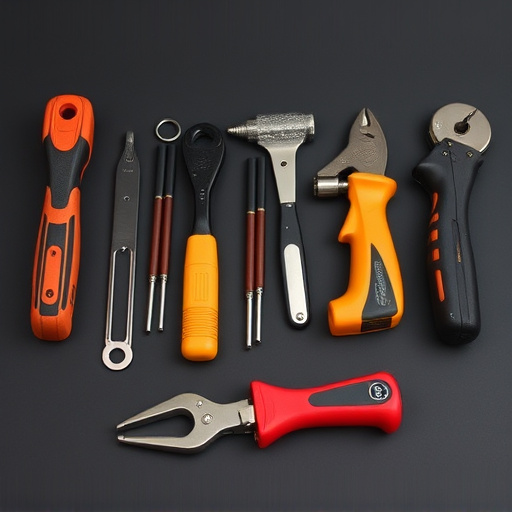Computerized Diagnostics Repair (CDR) has revolutionized auto repairs, shifting from manual to advanced computerized systems. These systems offer precise, efficient, and detailed assessments for various services like Mercedes Benz repair and car paint detailing. Through sophisticated algorithms and sensors, CDR reduces repair times, minimizes human error, and enhances customer satisfaction by delivering superior quality, especially in collision and dent repair. With promising future advancements including AI and machine learning, CDR is transforming the automotive industry to meet modern driving demands.
The evolution of diagnostics in the automotive industry has witnessed a significant shift from manual to computerized systems. Computerized Diagnostics Repair (CDR) is transforming the way vehicle issues are identified and resolved, leading to improved precision and efficiency. This article explores how CDR enhances repair accuracy, streamlines processes, and offers numerous benefits to both technicians and vehicle owners. By delving into these aspects, we uncover the future prospects of CDR in revolutionizing the automotive industry.
- The Evolution of Diagnostics: From Manual to Computerized
- How Computerized Systems Enhance Repair Accuracy and Efficiency
- Benefits and Future Prospects: Revolutionizing the Automotive Industry with CDRs
The Evolution of Diagnostics: From Manual to Computerized
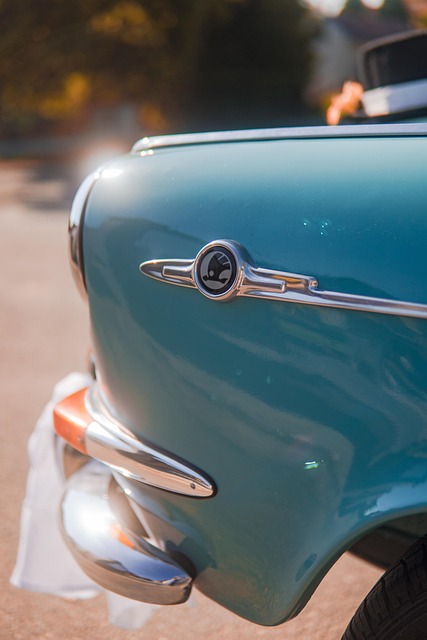
The evolution of diagnostic tools has revolutionized the automotive industry, shifting from manual processes to computerized diagnostics repair. In the past, mechanics relied on their expertise and physical examinations alone to identify car issues, which often led to subjective diagnoses and potential errors. This traditional method was time-consuming and left room for human error. However, with advancements in technology, computerized diagnostics have emerged as a game-changer.
Computerized diagnostic systems offer a more precise and efficient approach to troubleshooting vehicle problems. These advanced tools can quickly scan various sensors and components within a car, providing detailed data and accurate readings. For instance, when it comes to specialized repairs like Mercedes Benz repair or even intricate car paint repair and auto detailing, computerized diagnostics ensure that every aspect is meticulously assessed. This level of precision not only saves time but also facilitates more effective solutions, leading to better overall repair outcomes.
How Computerized Systems Enhance Repair Accuracy and Efficiency
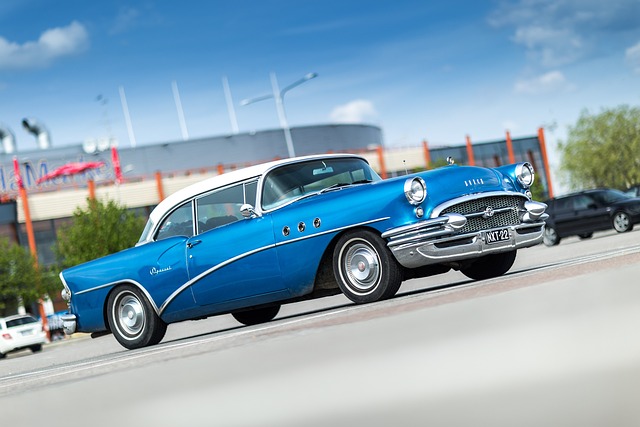
Computerized systems have revolutionized the way auto body repairs are carried out, significantly enhancing both accuracy and efficiency in automotive collision repair and paintless dent repair processes. One of the key advantages is their ability to provide precise measurements and assessments, ensuring that every repair is tailored to the exact specifications of the vehicle. These systems use advanced algorithms and sensors to analyze damage, which results in more consistent and accurate outcomes compared to manual methods.
Additionally, computerized diagnostics repair tools offer real-time data visualization, allowing technicians to spot even the subtlest imperfections. This level of detail is particularly crucial in complex auto body repair procedures, ensuring that no aspect goes overlooked. By streamlining these processes, computerized systems not only reduce the time required for repairs but also minimize the potential for human error, leading to superior quality and customer satisfaction across various services, including automotive collision repair and paintless dent repair.
Benefits and Future Prospects: Revolutionizing the Automotive Industry with CDRs
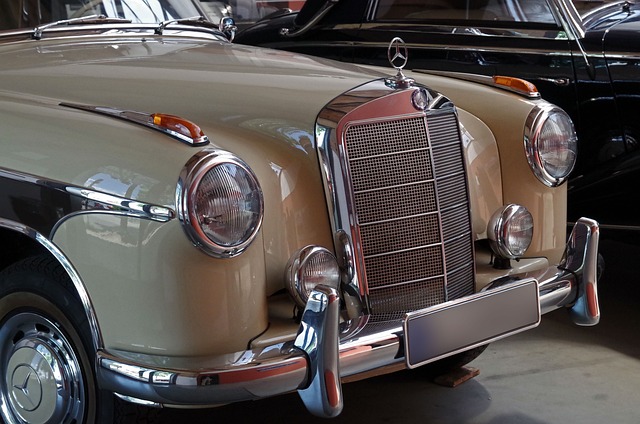
Computerized Diagnostics Repair (CDR) is revolutionizing the automotive industry by offering unparalleled precision and efficiency in collision repair and car dent repair processes. CDR systems utilize advanced software and hardware to analyze vehicle data, enabling technicians to make more accurate assessments and repairs. This technology goes beyond traditional methods used in manual, or even automated, collision repair, such as car dent repair.
The future prospects of CDR are promising, with the potential to streamline operations, reduce costs, and enhance customer satisfaction across all types of vehicle maintenance, including both minor fixes like vehicle dent repair and complex repairs. As CDR technology continues to evolve, it will further integrate artificial intelligence and machine learning, improving diagnostic capabilities and predictive maintenance. This evolution promises to make the automotive industry safer, more efficient, and better equipped to meet the demands of modern drivers.
Computerized Diagnostics Repair (CDR) is transforming the automotive industry by offering unprecedented precision and efficiency. By moving from manual to computerized systems, repairs are now more accurate and faster. The benefits are clear: reduced downtime for vehicles, lower labor costs, and improved customer satisfaction. As technology advances, CDRs will continue to revolutionize workshops, ensuring that vehicle maintenance and repair reach new heights of quality and convenience.
